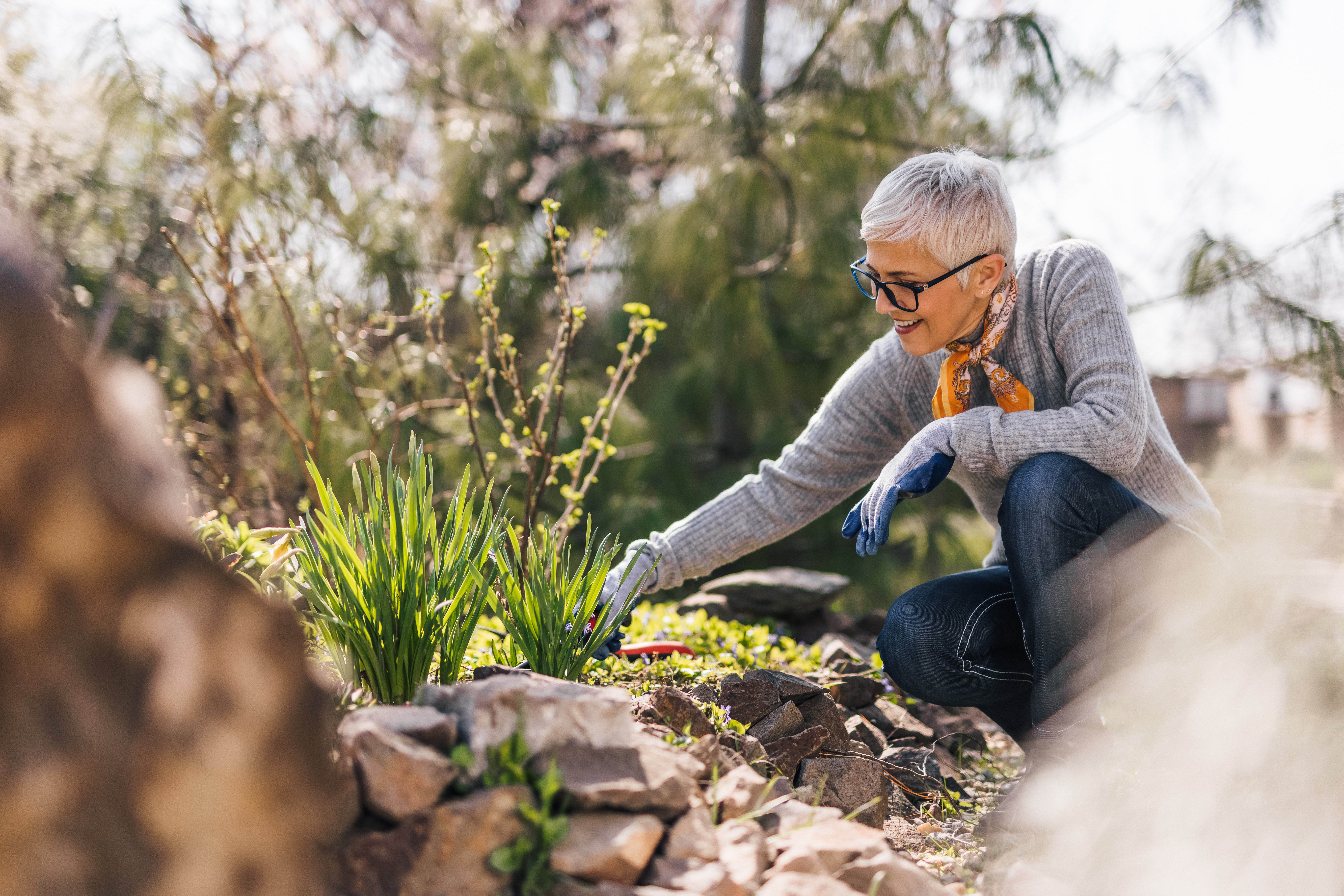Staying active is essential for maintaining overall health and well-being, particularly as we age. At Winnwood Retirement Community, we know that high-impact exercises may not be suitable for everyone. Fortunately, many low-impact exercises can help you stay active, improve flexibility, enhance balance, and boost your mood without putting undue stress on your joints. Here’s a guide to some of the best low-impact exercises, along with relevant statistics, to help you stay fit and healthy.
1. Walking
Walking is one of the simplest and most effective low-impact exercises. It’s easy on the joints and can be done almost anywhere:
- Benefits: Improves cardiovascular health, enhances mood, and helps with weight management.
- Statistics: According to the Heart Foundation, walking for an average of 30 minutes or more a day can lower the risk of heart disease, stroke by 35% percent and Type 2 diabetes by 40%.
- Tips: Start with short walks and gradually increase your distance. Use supportive shoes and choose even surfaces to reduce the risk of falls.
2. Swimming
Swimming and water aerobics provide a full-body workout without the stress on your joints:
- Benefits: Builds strength, improves cardiovascular health, and enhances flexibility.
- Statistics: A study published in the Journal of Aging and Physical Activity found that swimming can improve physical function and reduce the risk of disability in older adults.
- Tips: Join a water aerobics class or swim at your own pace. The buoyancy of the water supports your body, reducing the risk of injury.
3. Chair Yoga
Chair yoga is an excellent way to enjoy the benefits of yoga without having to get down on the floor:
- Benefits: Increases flexibility, reduces stress, and improves balance and strength.
- Statistics: Research from the National Center for Complementary and Integrative Health indicates that yoga can improve the quality of life for older adults.
- Tips: Look for guided chair yoga sessions specifically designed for seniors. Focus on gentle stretches and breathing exercises.
4. Tai Chi
Tai Chi is a form of martial arts known for its slow, deliberate movements and deep breathing:
- Benefits: Enhances balance, reduces stress, and improves muscle strength and flexibility.
- Statistics: The CDC states that Tai Chi can reduce the risk of falls in older adults by 55%.
- Tips: Join a Tai Chi class for seniors or follow along with a video at home. Practice regularly to experience the full benefits.
5. Pilates
Pilates focuses on core strength, flexibility, and overall body conditioning:
- Benefits: Strengthens core muscles, improves posture, and enhances flexibility.
- Statistics: According to a study published in PLOS ONE, Pilates can significantly improve balance and mobility in older adults.
- Tips: Many Pilates exercises can be modified for a low-impact workout. Look for classes or videos designed for seniors.
6. Cycling
Using a stationary bike provides a great cardiovascular workout with minimal impact on the joints:
- Benefits: Boosts heart health, improves leg strength, and aids in weight management.
- Statistics: The American College of Sports Medicine reports that regular cycling can reduce the risk of chronic illnesses such as diabetes and hypertension.
- Tips: Adjust the bike to a comfortable setting and start with short sessions. Gradually increase the duration as you build endurance.
7. Stretching
Regular stretching helps maintain flexibility and range of motion:
- Benefits: Reduces stiffness, improves posture, and decreases the risk of injury.
- Statistics: The Mayo Clinic suggests that regular stretching can improve overall physical performance and reduce the risk of injuries.
- Tips: Incorporate stretching into your daily routine. Focus on major muscle groups and hold each stretch for 15-30 seconds.
8. Strength Training
Strength training doesn’t have to be high-impact. Using light weights or resistance bands can effectively build muscle:
- Benefits: Increases muscle mass, strengthens bones, and improves balance.
- Statistics: The National Institute on Aging highlights that strength training can improve bone density and reduce the risk of osteoporosis.
- Tips: Start with light weights and gradually increase resistance. Focus on slow, controlled movements.
9. Dancing
Dancing is a fun way to stay active and socialize:
- Benefits: Enhances cardiovascular health, improves coordination, and lifts your mood.
- Statistics: A study from the New England Journal of Medicine found that dancing can improve cognitive function and reduce the risk of dementia in older adults.
- Tips: Join a dance class designed for seniors or dance to your favorite music at home. Choose low-impact styles like ballroom or line dancing.
10. Gardening
Gardening combines physical activity with a sense of purpose and relaxation:
- Benefits: Improves flexibility, builds strength, and reduces stress.
- Statistics: Research published in the British Journal of Sports Medicine shows that gardening can reduce the risk of heart disease and stroke by 30%.
- Tips: Choose gardening tasks that require gentle movements, such as planting, weeding, or watering. Use tools that are ergonomically designed to reduce strain.
Maintain Your Health and Enjoy Life to the Fullest
Staying active with low-impact exercises is a wonderful way to maintain your health and enjoy life to the fullest. At Winnwood Retirement Community, we offer a variety of activities and classes tailored to the needs of our residents. Whether you prefer a peaceful walk through our gardens, a workout in our onsite fitness center, or some soothing gardening, there’s something for everyone.
Remember, before starting any new exercise program, it’s important to consult with your doctor to ensure the activities you choose are safe and appropriate for your individual health needs.




